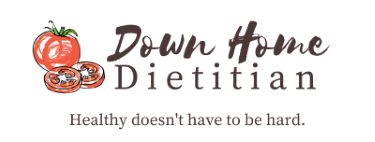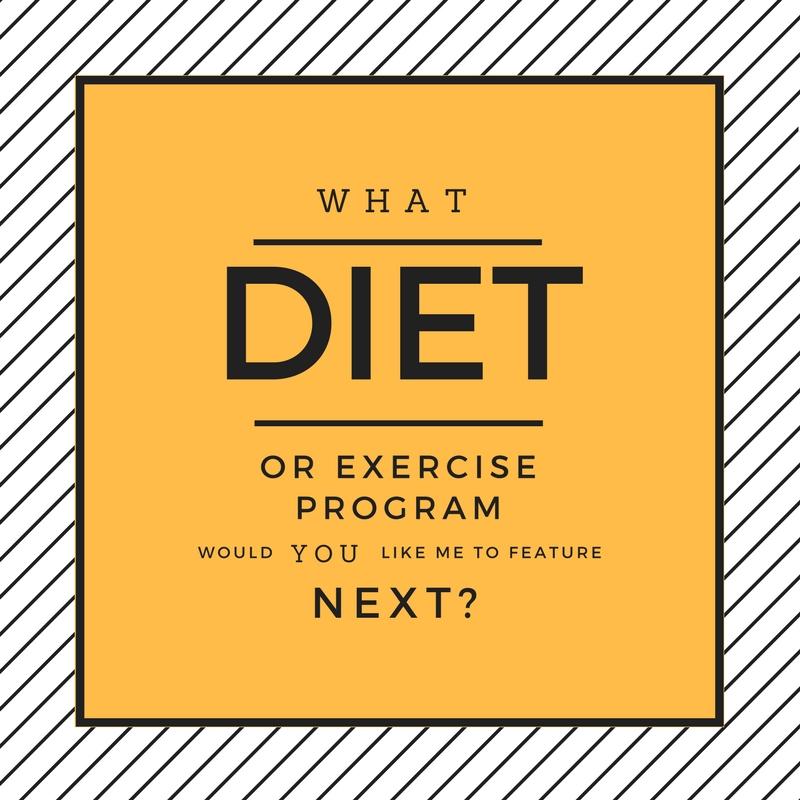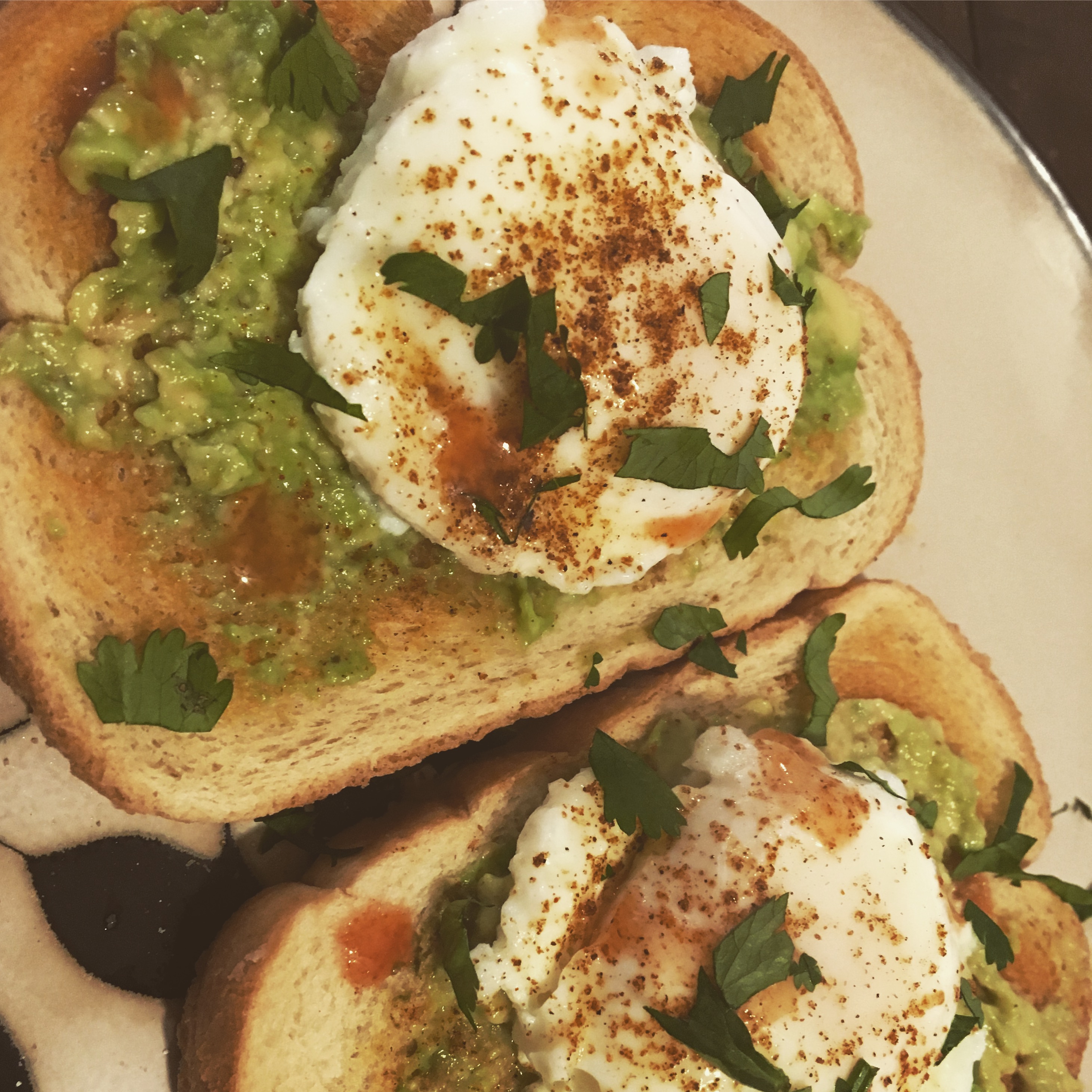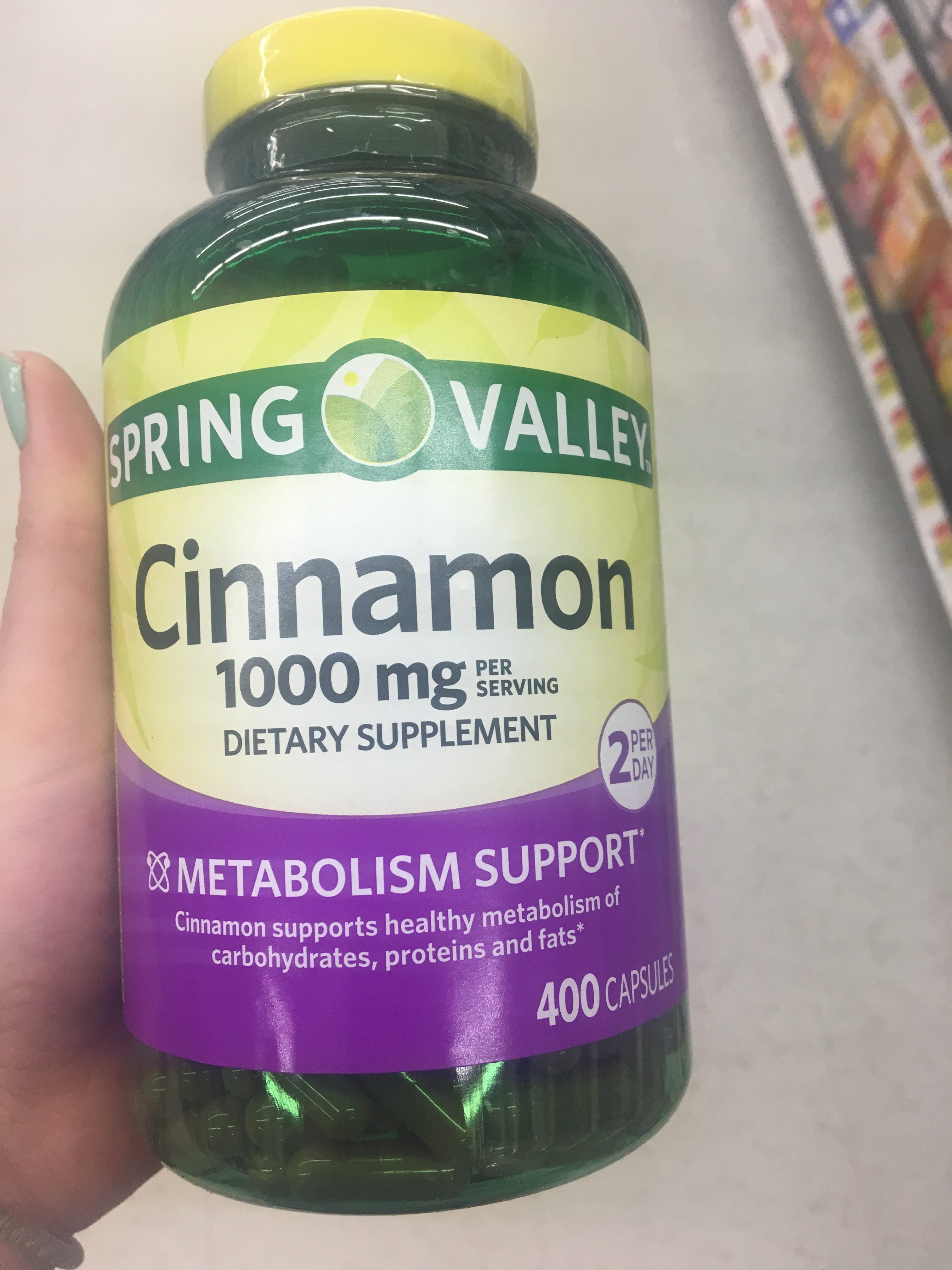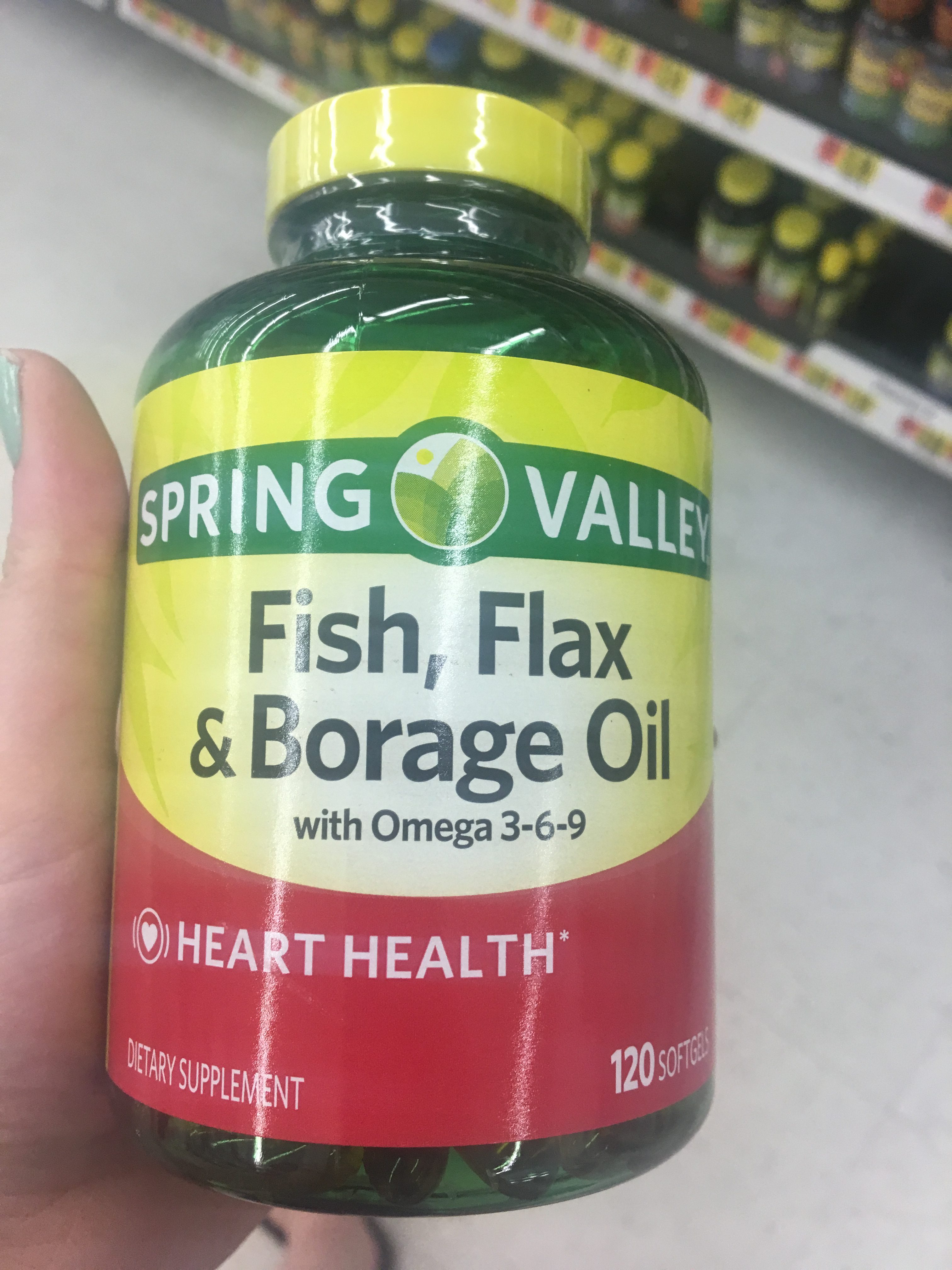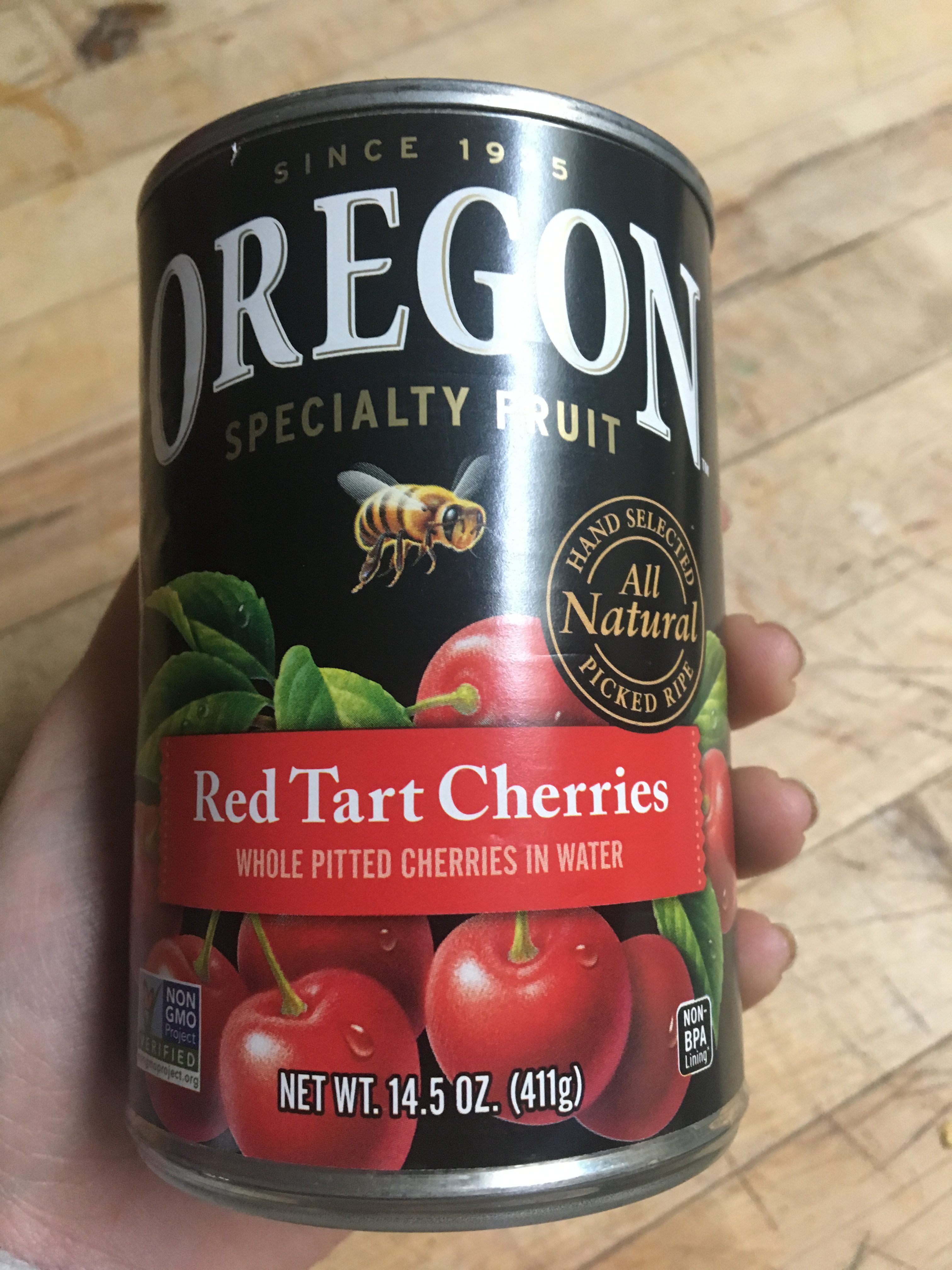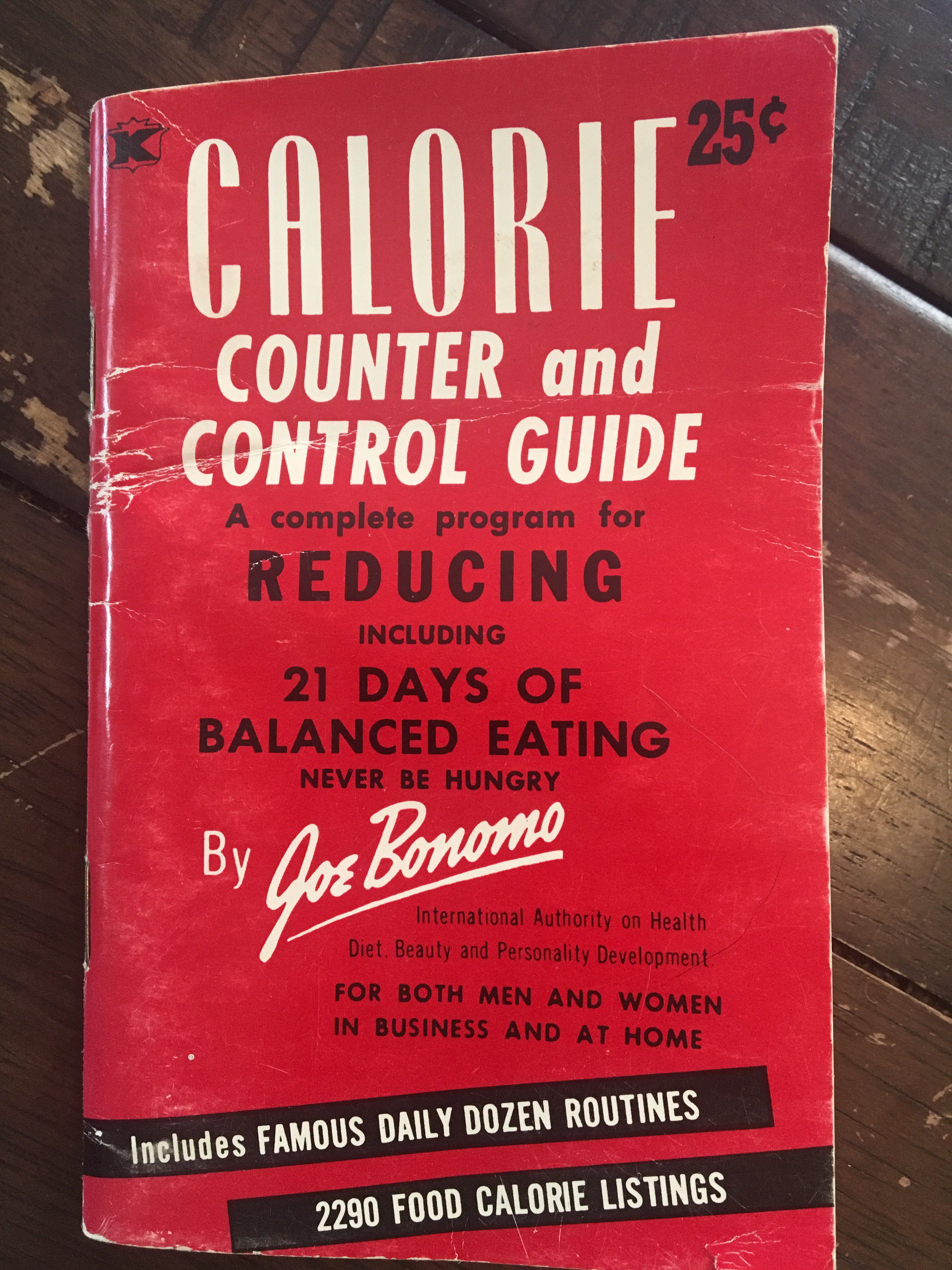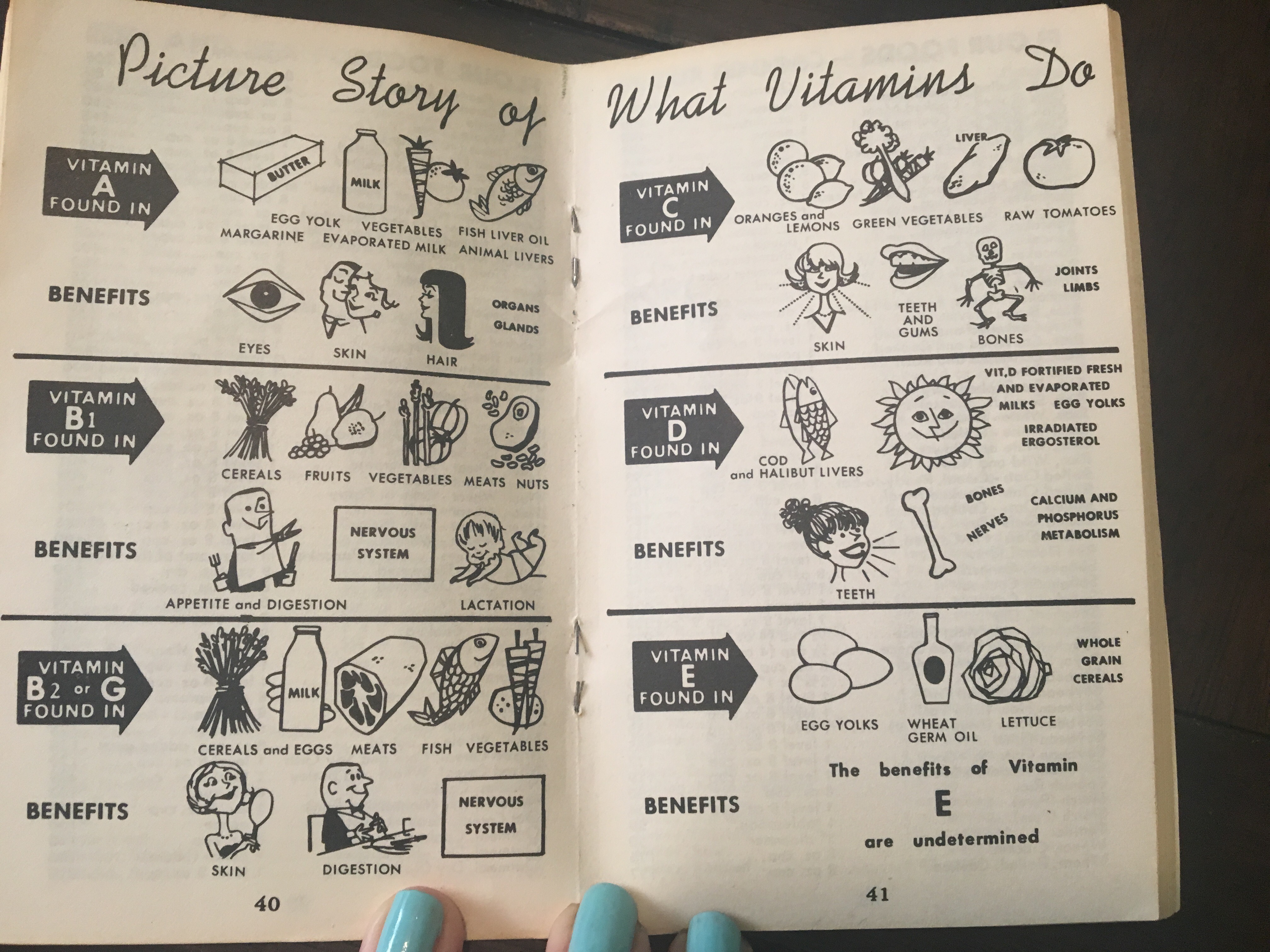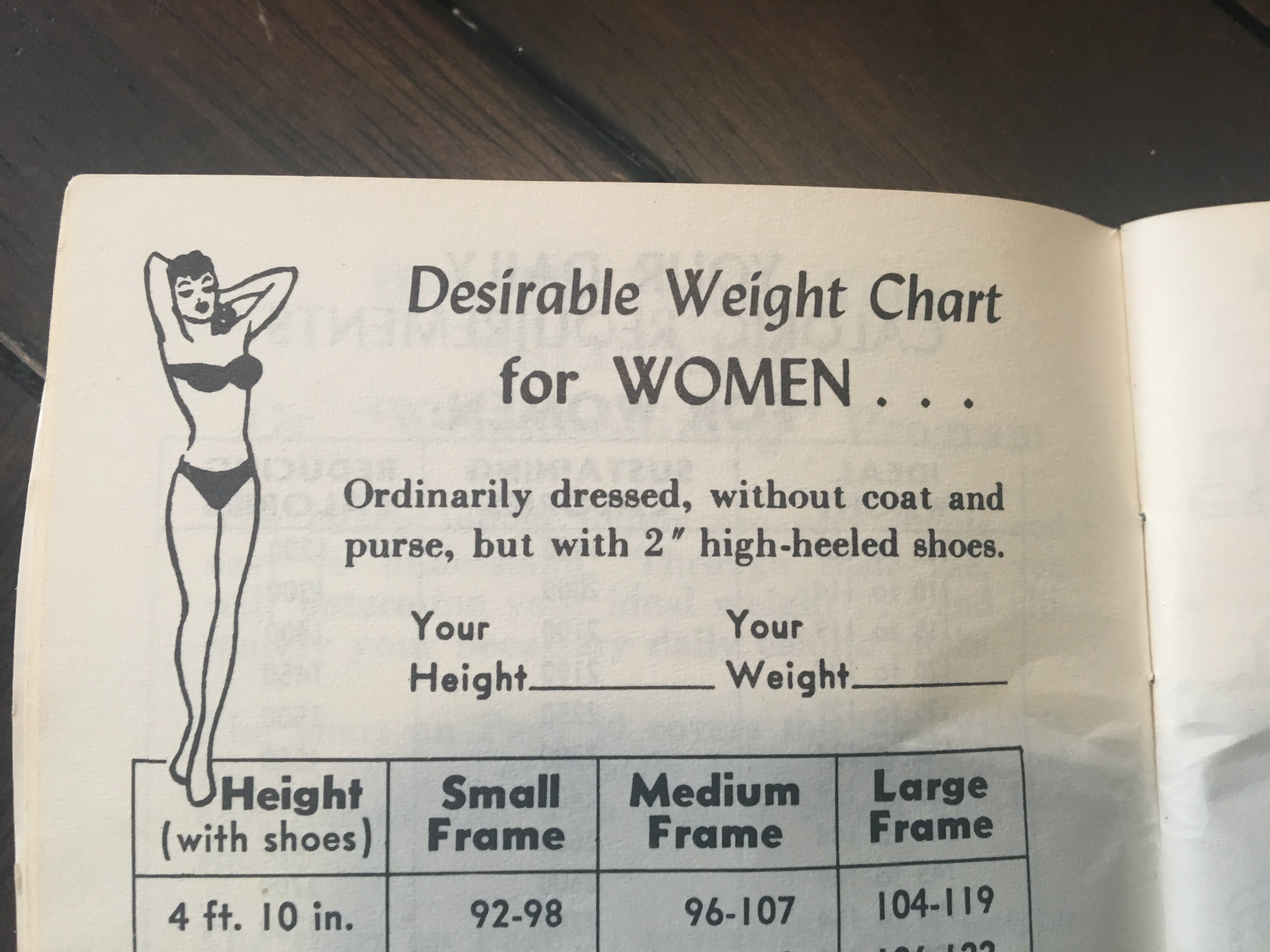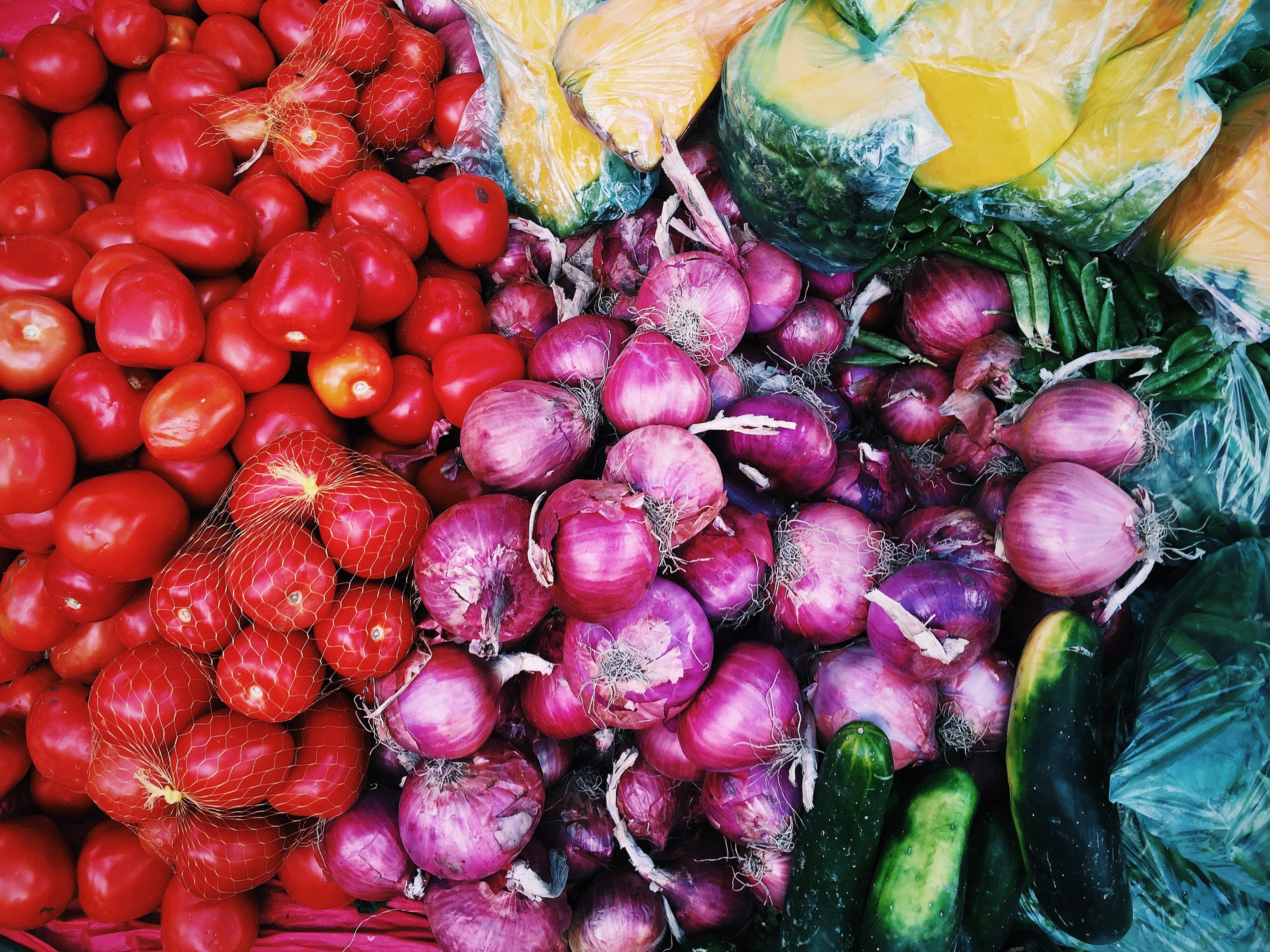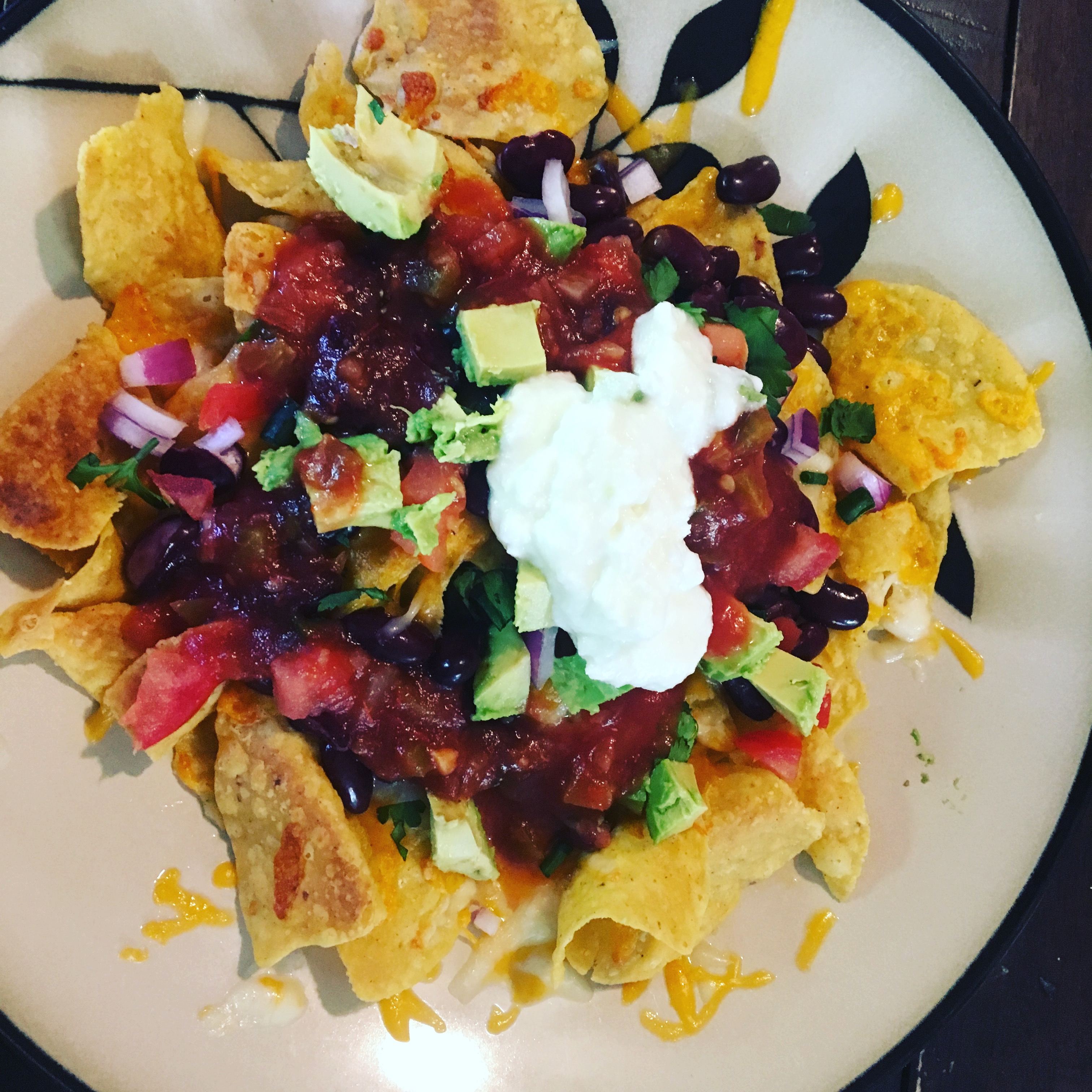
Today marks the completion of my first week on intermittent fasting! I’m sitting here waiting for my eating window to open, so I figured I might as well hammer out a blog post. If you’re not sure what I’m talking about, go here to read about my intermittent fasting experiment. Here’s a quick rundown on my week:
How it went:
It’s been a little rough, to be honest. I’m starving in the mornings waiting to eat, pretty much no matter what I’ve eaten the night before. My hunger was a little better when I hit my macros perfectly (or darn close) the day before. At the beginning of a day, it feels impossible to be satisfied once I start eating, then I find myself stuffed with only two hours left to go in my eating window. Then I’m feeling like I should eat because my window is about to close and I know I’ll be starving in the morning if I don’t eat. As I am generally a promoter of intuitive eating (creating an eating schedule based around your body’s own natural hunger cues), this is totally backwards to me. I’m not eating when I am hungry, and I’m eating when I’m not hungry. Not to mention the fact that when I’m starving, I’m much less likely to choose healthy options. For me, my desire for Cajun tots and nachos with cheap, plasticky cheese is directly proportional to the length of time I’ve been hungry. Thus, I struggled to stay within my fat goal. Hunger cues are adaptable, so I’m curious to see if these issues improve in the next two weeks.
I haven’t been hungry most evenings, even though I stop eating at 6 pm and don’t go to bed until around 10 pm. That’s not too much of a surprise, since I’m typically hungry every 4 hours or so normally.
One pleasant surprise: working out while fasted has not been that tough. I like to work out in the mornings and did not want to change that schedule even though I was fasting, but I was worried. I get low blood sugar, especially when exercising, so I was really concerned about completing my normal workouts while fasted. Turns out, working out actually distracted me a bit from my hunger. I did schedule my workouts to end right at 10 am as my eating window opened, because I’m always extra hungry right after my workout. That part has been going great!
What I’ve learned:
Intermittent fasting is probably a great option for a certain type of person – an intermittent fasting “candidate,” if you will. This person is probably not used to eating breakfast or can easily skip breakfast without too much notice, likes to eat larger meals, doesn’t have issues with high or low blood sugar, and has irregular or non-existent hunger cues.
On top of that, a good fasting candidate has a schedule that can work with their fasting instead of against it. Because I work from home, I am mostly able to eat when my window opens, but I have thought about the fact that if I were working my former full-time job, it would be very difficult to follow intermittent fasting. I can’t imagine waiting any longer to eat than 10 am, and 10 am would not be a realistic time to eat at my desk job.
It’s also possible that this person has a sedentary lifestyle so they do not need to eat often to meet their energy needs. I often teach about matching energy needs with energy intake throughout the day, which is tough to do if you’re active for 12 hours but only able to eat for 8.
If these characteristics describe you, you may be a great candidate for intermittent fasting.
How I did and what changed:
| Goal | Week #1 | Week #2 | Week #3 | |
| # of days 16-hour fast was achieved | 7 | 6 | ||
| Average daily protein intake | 90 grams | 85.4 grams | ||
| Average daily carb intake | 225 grams | 209 grams | ||
| Average daily fat intake | 60 grams | 73.2 grams | ||
| Weight change | 0 lbs | |||
| Body fat % change | -.5% | |||
| Waist measurement change | -1″ | |||
| Hip measurement change | 0” | |||
| Thigh measurement change | -1″ |
Even though my weight stayed the same, I did lose an inch from my waist and another from my thighs during this week. One of the claims of intermittent fasting is that it will promote fat loss, particularly in the abdominal area. My scant week on the diet shows that could be the case! Keep checking in for more updates on what the research says about intermittent fasting.
